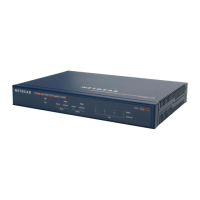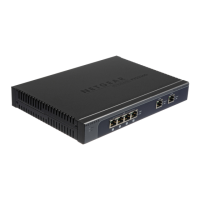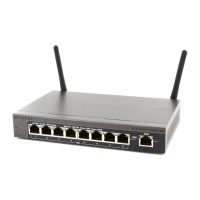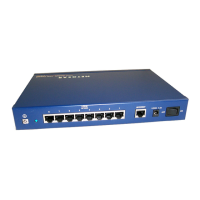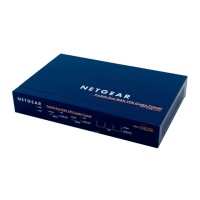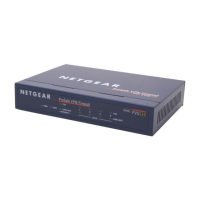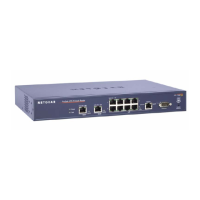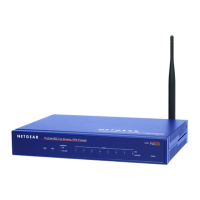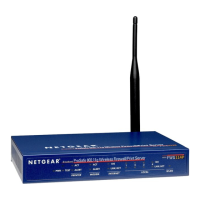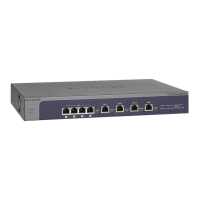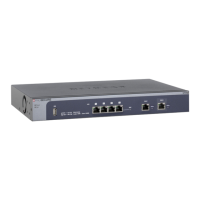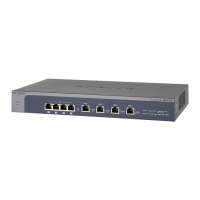Manage Users, Authentication, and VPN Certificates
511
ProSAFE Dual WAN Gigabit WAN SSL VPN Firewall FVS336Gv3
WARNING:
If you allow login only from the defined IP addresses, add your own
IP address to the Defined Addresses table; otherwise, you are
locked out.
13. Click the Add button.
The address is added to the Defined Addresses table.
14. Repeat Step 12 and Step 13 for any other addresses that you want to add to the Defined
Addresses table.
Remove One or More IP Addresses for Login Restrictions
The following procedure describes how to remove one or more IP addresses that you no
longer need for login restrictions.
To remove one or more IP addresses for login restrictions:
1. On your computer, launch an Internet browser.
2. In the address field of your browser, enter the IP address that was assigned to the VPN
firewall during the installation process.
The VPN firewall factory default IP address is 192.168.1.1.
The NETGEAR Configuration Manager Login screen displays.
3. In the Username field, type your user name and in the Password / Passcode field, type
your password.
For the default administrative account, the default user name is admin and the default
password is password.
4. If you changed the default domain or were assigned a domain, from the Domain menu,
select the domain.
Setting Description
Source Address Type Select the type of address from the menu:
• IP Address. A single IPv4 or IPv6 address.
• IP Network. A network of IPv4 or IPv6 addresses. For IPv4, you must
enter a netmask length in the Mask Length field. For IPv6, you must
enter a prefix length in the Prefix Length field.
Network Address / IP
Address
Depending on your selection from the Source Address Type menu, enter
the IP address or the network address.
Subnet Mask (IPv4 screen)
or
Prefix Length (IPv6 screen)
For IPv4, and only for a network address, enter the netmask length (0–32).
By default, a single IPv4 address is assigned a netmask length of 32.
For IPv6, and only for a network address, enter the prefix length (0–64).
By default, a single IPv6 address is assigned a prefix length of 64.
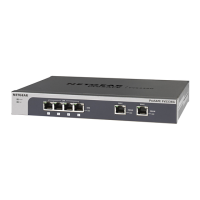
